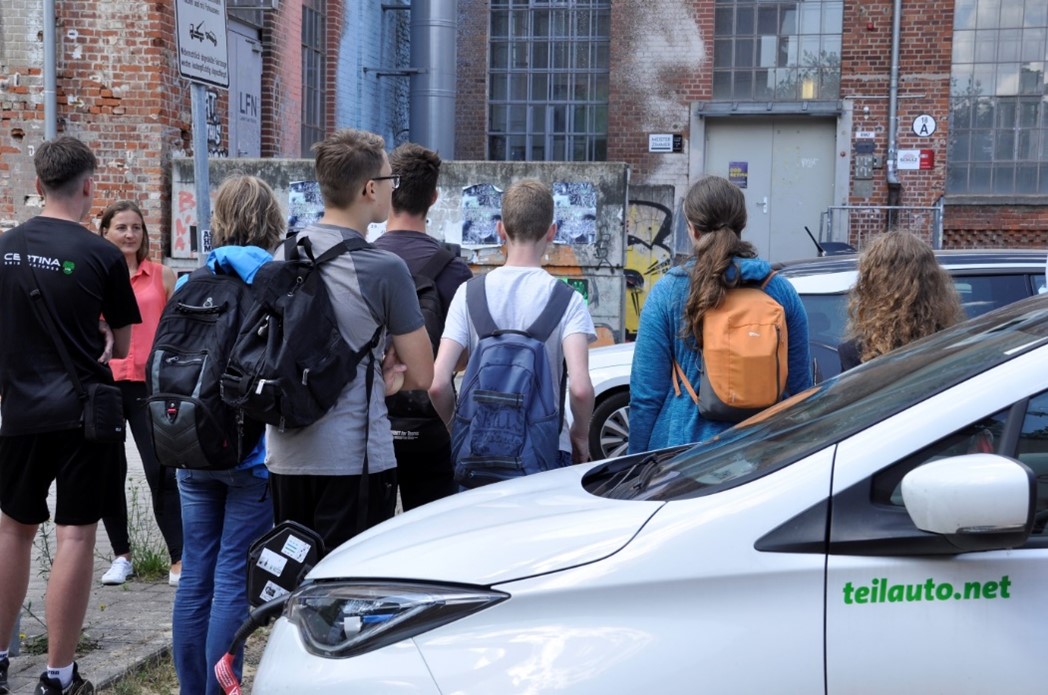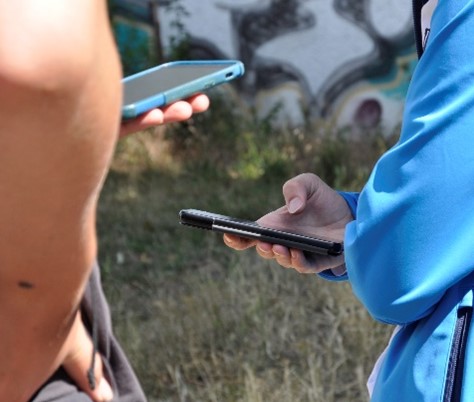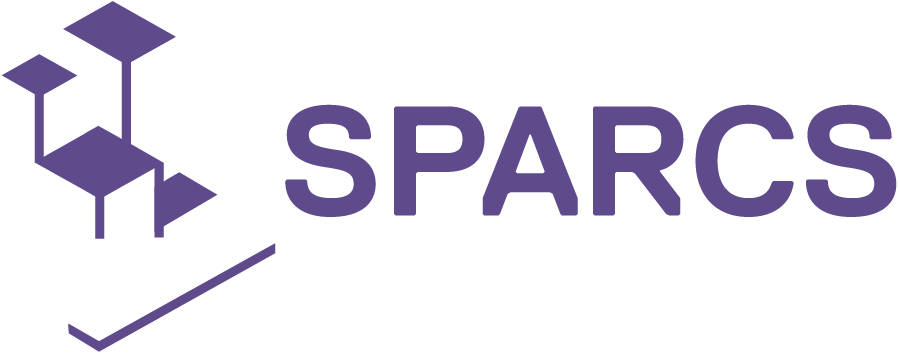Designing a SPARCS digital city tour: six lessons learned
The SPARCS project offers an energy transition week for students. On the last day, there is an excursion to visit demo districts, which takes the form of a digital scavenger hunt. The pupils receive pads on which they have to solve tasks as they roam through the city. For this, we used the “Actionbound” programme, which is affordable, easy to use and comes with good customer support to deal with any questions that might arise. Below you can find the six key lessons we learned from our experience.
Lesson one: Attention is limited.
Our task was to organise an excursion and we created a tour lasting from 09:00 to 13:00. However, we noticed that, by the end, most of the students were running out of steam. The lesson? Make excursions shorter – decide on a key message with your team and focus on this.
Lesson two: Better several ‘Bounds’ than one big one
There are definitely advantages to having one continuous tour and only having to adapt this one. However, a long tour can become confusing. Next time we will experiment with several short guided tours lasting 45 minutes maximum. During the excursion, we often organised little lectures for the students by SPARCS personnel. It would be easier to integrate these after one tour ends and before a new one begins.
Lesson three: Digital applications need maintenance to stay up to date
The world is dynamic and, if a city tour is to remain relevant, it needs to be updated. If the tour reflects the specific environment, it needs to be adapted from time to time. How many e-bus routes are there? This might change from one tour to the next. If the ‘Bound’ is to remain up-to-date in the long term, maintenance should be foreseen.
Lesson four: tastes differ – better to design for a specific target group
When we thought about how to make the tour accessible to other people, we realised that it works really well for schoolchildren. However, a grandma from the neighbourhood, a dad with a 10-year-old son, a 22-year-old migrant from Bulgaria – they all have different outlooks. So, narrow down your target group to reach the widest possible audience.
Lesson five: Plan the basics
What will you do if rain is forecast for two hours during the planned excursion? Where can you go to the loo? Will internet access be needed and, if so, where is WLAN available? Should mobile data be used? Are there modules that will work, even if the device’s localisation fails?
Another thing to keep in mind – there are always one or two students who just keep clicking. To prevent them from skipping through the tour without looking at anything, you should occasionally require them to use passwords that they can only get from the guide.
Lesson six: Tell a story!
We worked with an accompanying story involving sheep, and we only received positive feedback from the teenagers. It is important not just to provide information, but to tell a story as well.
Our conclusion? Digital city tours are fun! Although there are still limits to what you can convey with them, they offer many great opportunities. We will continue to experiment with them!
Author: Irene Müller / Stadt Leipzig



